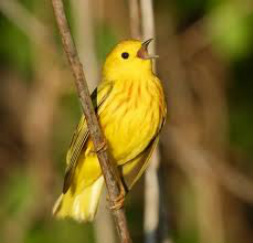 www.dogonews.com
www.dogonews.com Scientists have found further evidence that dolphins call each other by name. The marine mammals use a unique whistle to identify each other. A team from the University of St Andrews in Scotland found that when the animals hear their own call played back to them, they respond. The researchers believe this is the first time this has been seen in an animal.
Previous research found that their distinctive whistles were used frequently, and dolphins in the same groups were able to learn and copy the unusual sounds. To investigate, researchers recorded a group of wild bottlenose dolphins, capturing each animal's signature sound. Dolphins use three forms of signaling to other dolphins - whistles, clicking and postures.
In 2008, the BBC News reported that a bottlenose dolphin appeared to talk to two stranded whales before leading them to safety. The beached pygmy sperm whales were in clear distress. But when the dolphin arrived at Mahia beach on the east coast of New Zealand's North Island, their mood changed and they followed him to safety.
Similar in size and colour to a bottlenose dolphin, it is possible that a pygmy sperm whale might have signals in common with a dolphin, just as different species of dolphins are known to share signals which might theoretically allow a form of basic inter-species communication. Although, maybe the whales simply joined a vaguely similar creature.
Other studies have suggested some species of parrot may use sounds to label others in their group. However, inter-species communication usually takes the form of unconscious eavesdropping.
 io9.com
io9.com Ants protect the habitat of leaf lice and in return get a sugar excretion to eat. They interact chemically and physically - the ants massage the leaf lice by secreting a small amount of the sugary food they are after.
Honeyeater birds guide larger animals, like badgers, to a beehive for them to do the dirty work of breaking it so they can gain access.
 www.sciencedaily.com
www.sciencedaily.com Birds sing learned melodies. The entire song has one meaning, whether about mating, territory or other things. The Bengalese finch can loop back to parts of previous melodies, allowing for greater variation and communication of more things; a nightingale may be able to recite from 100 to 200 different melodies.
 www.dailygalaxy.com
www.dailygalaxy.com Human language is unique, in that two independent systems in nature merged to allow us to generate unbounded linguistic possibilities. Shakes, wiggles and hand gestures combine with tone in our speech.
Take note of the way you communicate. You might be surprised.

 RSS Feed
RSS Feed






